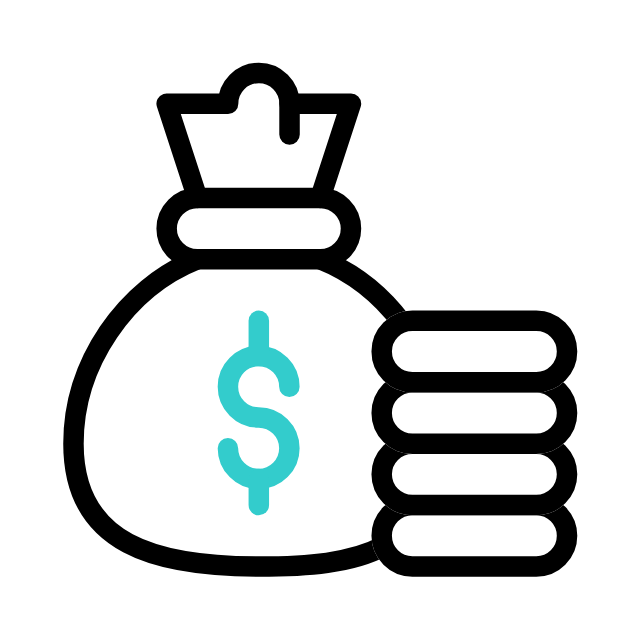The Art and Science of Animated Location-Pin GIFs: Design, Implementation, and Practical Applications

Animated location-pin GIFs have become ubiquitous in digital maps, travel apps, and social platforms, serving as intuitive visual cues that guide users to points of interest. By combining motion with a universally recognized iconography—the map pin—these micro-animations enhance user engagement, clarify interactions, and add a layer of delight to otherwise static interfaces. In this comprehensive article, we explore the symbolism of the location-pin, outline design principles for crafting effective GIFs, examine technical implementation strategies, and highlight real-world use cases and best practices.
1. Symbolism and User Expectations
- Universal Recognition
- The inverted-tear-drop pin shape instantly communicates “location” across cultures and languages.
- Motion as Guidance
- Simple bounce or pulse animations mimic the pin “dropping” onto a map, reinforcing the action of marking a spot.
- Emotional Resonance
- A gentle wiggle or glow can create a sense of arrival, discovery, or emphasis on a particular destination.
2. Core Design Principles
- Silhouette Clarity
- Ensure the pin remains recognizable at small sizes (e.g., 32×32 px).
- Avoid overly detailed patterns inside the pin.
- Rhythmic, Purposeful Motion
- Drop Animation: Pin falls from above and “lands” with a slight squash-and-stretch effect.
- Pulse or Bounce: Subtle scaling up/down to draw attention without causing distraction.
- Color and Contrast
- Use brand or context-appropriate colors (e.g., red for alerts, blue for neutral markers).
- Maintain sufficient contrast against typical map backgrounds (light gray, pastel, satellite imagery).
- Loop Seamlessness
- Design first and last frames to transition smoothly to avoid jarring resets.
- Keep loop duration between 600 ms and 1.5 s for optimal visibility and file size balance.
3. Animation Techniques & File Formats
- SVG + CSS Keyframes
- Ideal for simple transforms (translate, scale) and minimal file size.
- Easily color-tintable via CSS variables for theming.
- Frame-by-Frame GIFs
- Tools: Photoshop GIF export, Procreate.
- Best for hand-drawn stylistic pins, but increases file size.
- Lottie/Bodymovin
- Export After Effects animations as JSON and render natively on web & mobile.
- Supports vector motion, shape morphing, and minimal load overhead.
- Animated WebP / APNG
- Superior compression compared to GIF; APNG for partial transparency.
- Check compatibility: WebP is widely supported on modern browsers, APNG less so.
4. Performance Optimization
- Reduce Color Palette (for GIF/APNG)
- Limit to 32 – 64 colors to shrink file size.
- Delta-Frame Compression
- Encode only pixel changes between frames to minimize data.
- Trim Canvas & Frame Count
- Crop animation to pin’s bounding box; remove redundant frames.
- Responsive Variants
- Provide multiple resolutions (e.g., 48×48, 96×96) and serve via
<picture>element or CSSsrcset.
- Provide multiple resolutions (e.g., 48×48, 96×96) and serve via
5. Implementation Tools & Workflows
- Web (HTML/CSS/JS)
- SVG + CSS: Embed inline SVG; animate with
@keyframesfor drop and bounce. - Lottie-Web: Load JSON and render in a
<lottie-player>.
- SVG + CSS: Embed inline SVG; animate with
- Mobile (iOS/Android)
- Lottie-iOS / Lottie-Android: Integrate JSON animations natively in app UIs.
- Frame Animation: Use
AnimatedImageDrawable(Android) orUIImage.animatedImage(iOS) for GIFs.
- Desktop & Presentation
- Insert WebP/APNG in web dashboards.
- Use GIFs in slide decks, ensuring compatibility with your presentation tool.
6. Real-World Use Cases
- Map-Based Discovery Apps
- Drop-pin animation when user bookmarks or “pins” a location.
- Ride-Hailing & Delivery
- Animate driver or courier arrival point on in-app map.
- Real Estate Platforms
- Highlight properties of interest with pulsing pins.
- Event & Venue Guides
- Show special offers or featured booths at conferences and festivals.
- Tourism Websites
- Guide attention to major landmarks with looping drop or glow animations.
7. Accessibility and Inclusive Design
- Reduced-Motion Preferences
- Detect
prefers-reduced-motionin CSS or JavaScript; provide static fallback or disable looping.
- Detect
- ARIA Labels & Alt Text
- Ensure animated elements convey purpose (“Location marker placed”) to screen readers.
- Color Contrast Compliance
- Verify pin color against map background meets WCAG contrast ratios.
8. Common Pitfalls and How to Avoid Them
- Overuse of Animation: Too many moving pins can overwhelm; reserve for key interactions.
- Poor Loop Timing: Abrupt loops break immersion—test on repeat to ensure smoothness.
- Ignoring File Size: Large GIFs slow down page load—always optimize before deployment.
- Lack of Context: Animated pins should be accompanied by labels, tooltips, or popovers to explain significance.
9. Future Trends
- Interactive Pins:
- On-hover or on-click morphing pins that expand into detail cards.
- AI-Driven Personalization:
- Color and motion style adapt to user behavior or preferences.
- Augmented Reality Markers:
- AR overlays in physical environments using animated pin glyphs to guide users in real space.
Animated location-pin GIFs marry form and function, transforming static map markers into engaging micro-interactions that guide users, clarify actions, and inject delight into digital experiences. By adhering to thoughtful design principles, leveraging the right tools and formats, and optimizing for performance and accessibility, creators can ensure their animated pins not only look great but also serve a meaningful role in enhancing usability and emotional resonance.









